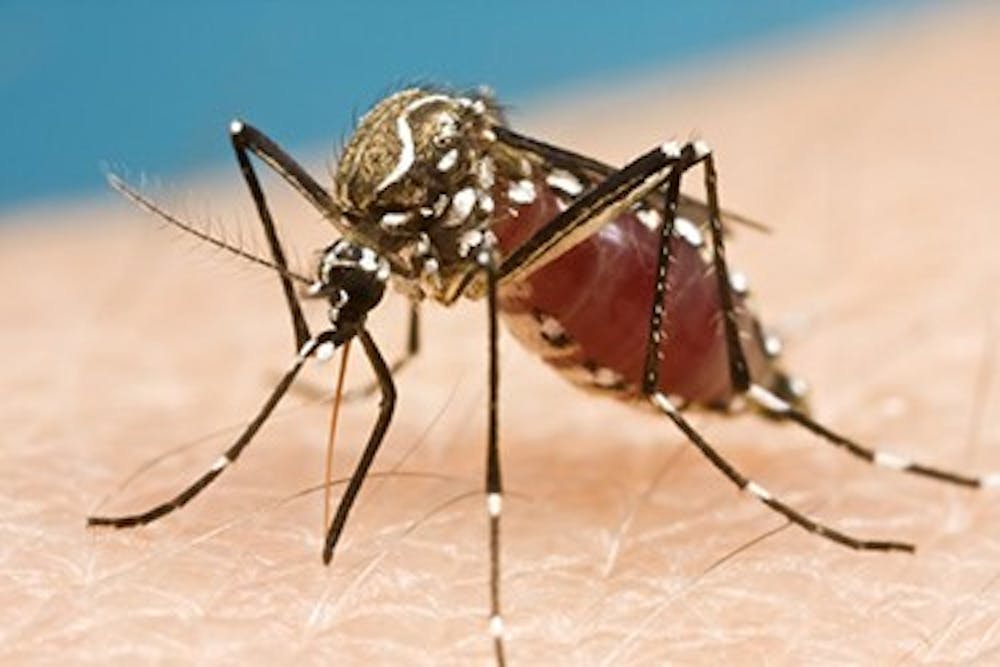Recently, the outbreak of the Zika virus has been a cause for global concern. It is widely understood that the virus can be spread through mosquitoes, blood, sexual contact and contact between a pregnant mother and her fetus. However, a case in Utah where the virus may have been spread through tears or sweat has puzzled many scientists.
According to the Centers for Disease Control and Prevention (CDC), Zika is a virus spread through the Aedes mosquito. If a pregnant mother is bitten by an Aedes mosquito, she risks giving birth to a baby with microcephaly, a brain defect. Furthermore, the baby could have defects of the eyes and ears along with impaired growth. So far, there has not been an effective vaccine developed for this virus.
The best way to prevent being bitten, according to the CDC, is to wear long clothing, use insect repellent and avoid unprotected sex.
Since Zika has been understood to be spread from mother to fetus, a case in Utah has presented a mystery for many scientists studying the spread of this virus. The case involved two patients. The first had traveled to southwest Mexico and been infected with Zika, presenting symptoms of abdominal pain, fever and watery eyes. A second patient visited the first patient, wiped away their tears and helped to reposition the first patient in bed.
The first patient died soon after, but what puzzled scientists is that the second started exhibiting symptoms of Zika. However, unlike patient one, doctors thought patient two had a more moderate form of Zika.
This case was fascinating to researchers at the University of Utah School of Medicine because patient two had neither reported traveling to Zika infected areas, nor were there cases of Zika-carrying mosquitoes in Utah. Even more surprising was that, after his death, it was discovered that Patient One’s blood had a higher than normal concentration of virus, around 200 million particles per milliliter.
The researchers hypothesized that this abnormally high concentration made Patient One extremely infectious, and thus, he was able to pass the virus on to Patient Two. Whether something about Patient One made him more susceptible or whether they were infected with a different subtype of Zika virus still remains to be answered.
The case in Utah has a lot of important implications for attacking this virus going forward.
“This case expands our appreciation for how Zika virus can potentially spread from an infected patient to a non-infected patient without sexual contact or a mosquito vector,” Marc Couturier, a co-author on the case study, said in a press release. “This and any future cases will force the medical community to critically re-evaluate established triage processes for determining which patients receive Zika testing and which do not.”
With the finding that the virus can potentially spread through fluids, such as sweat and tears, it is important to screen everyone who could have been susceptible to Zika, not just pregnant mothers.
However, although this might be a cause of concern for many scientists, some on the Homewood campus are not as weary of the implications.
“This seems to be an isolated occurrence and the first patient had crazy high levels of the virus in his blood,” Angela Wang, a senior biology and public health major, said in an interview with The News-Letter. “So unless more cases like this start popping up, I wouldn’t be too concerned about it.”





